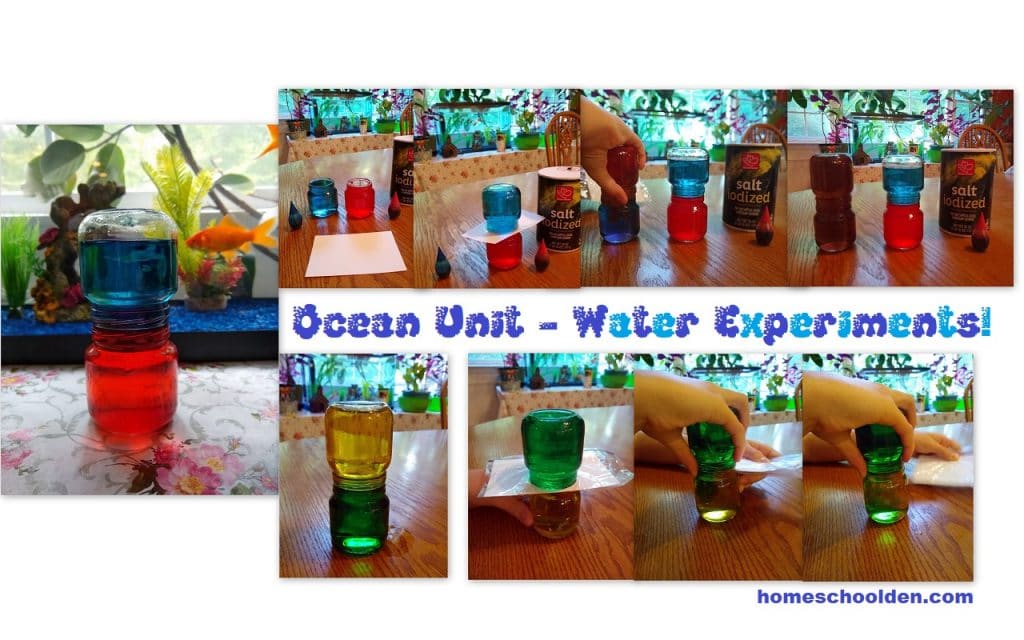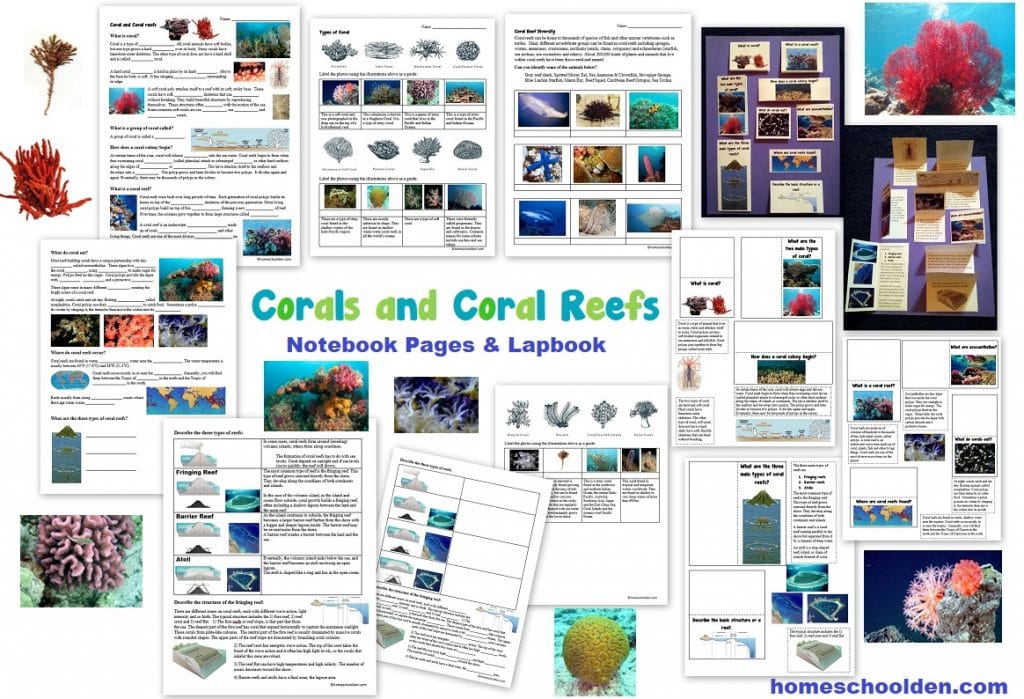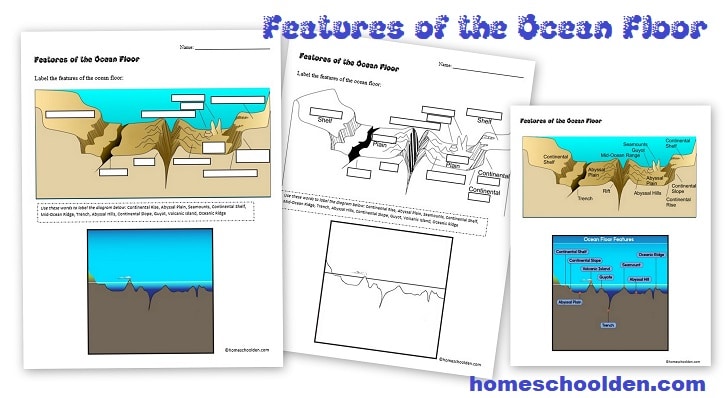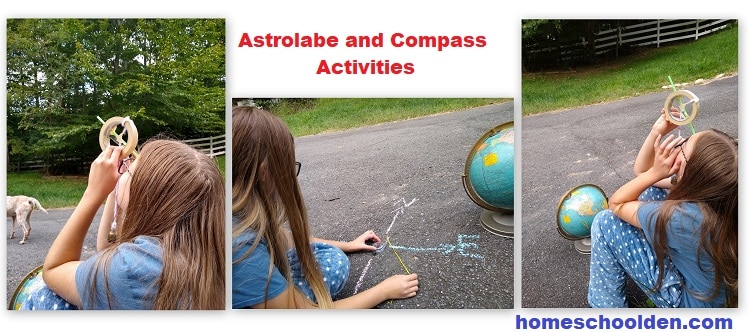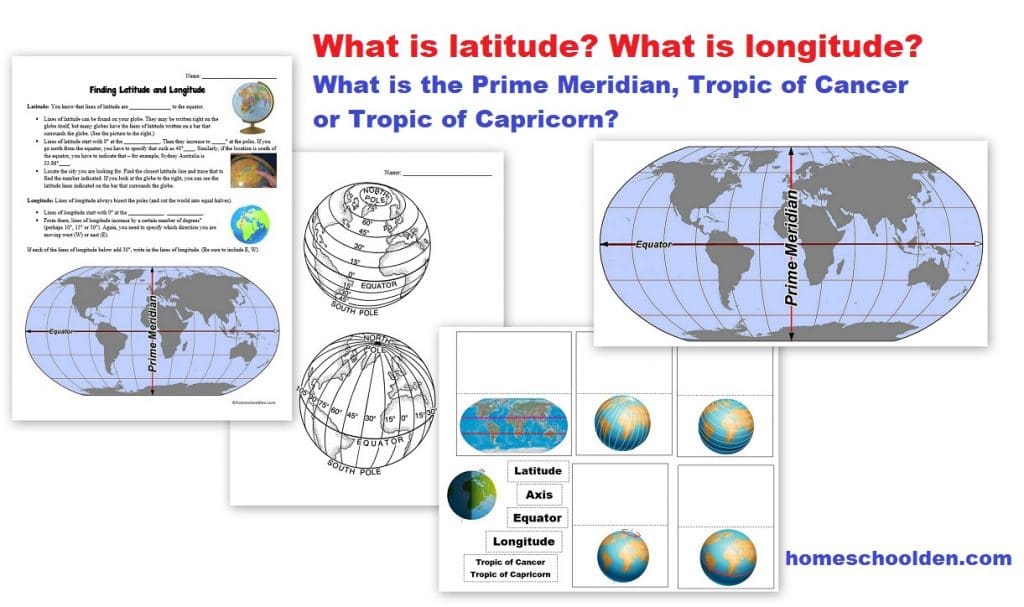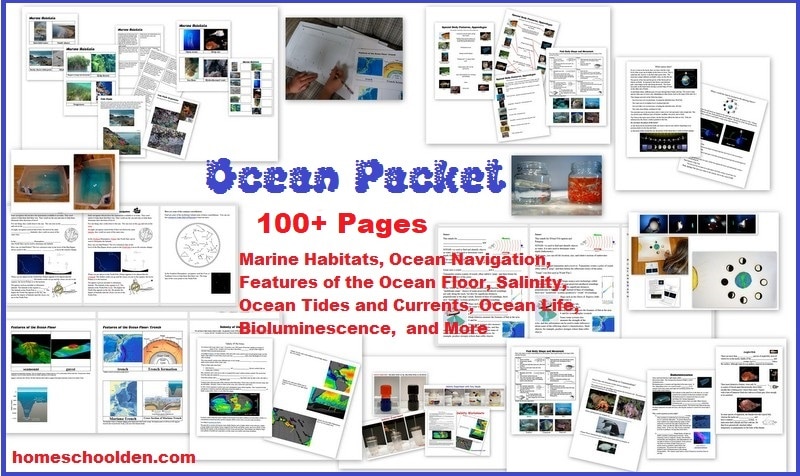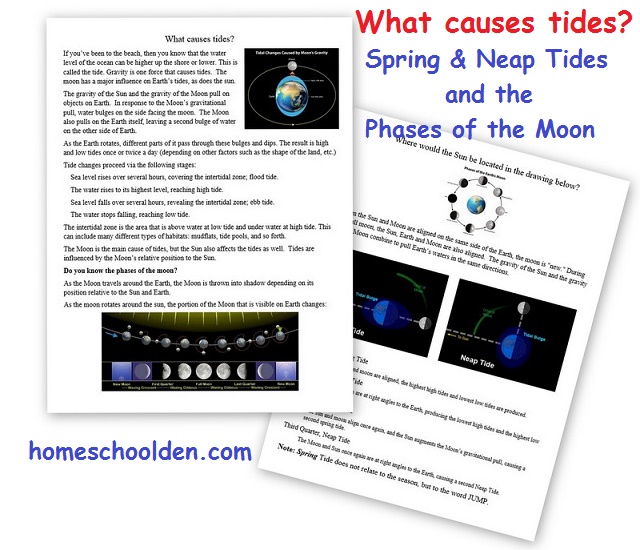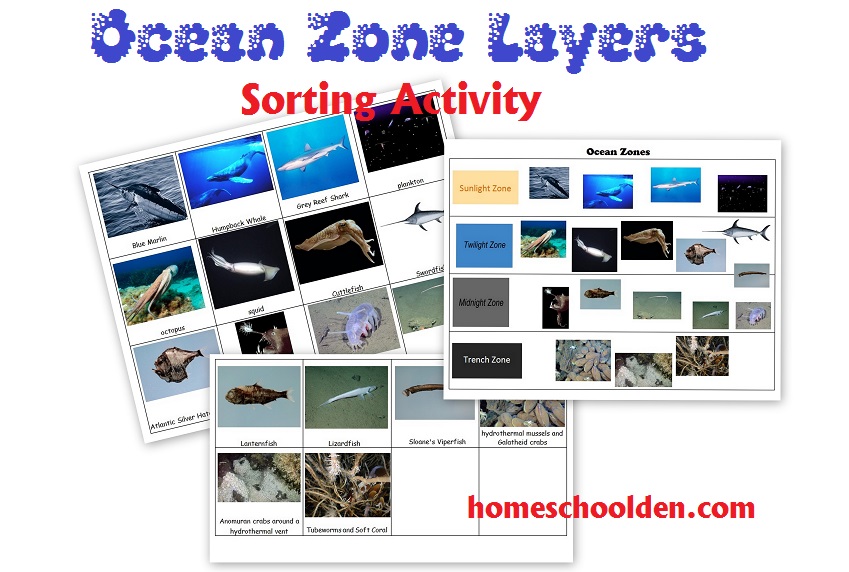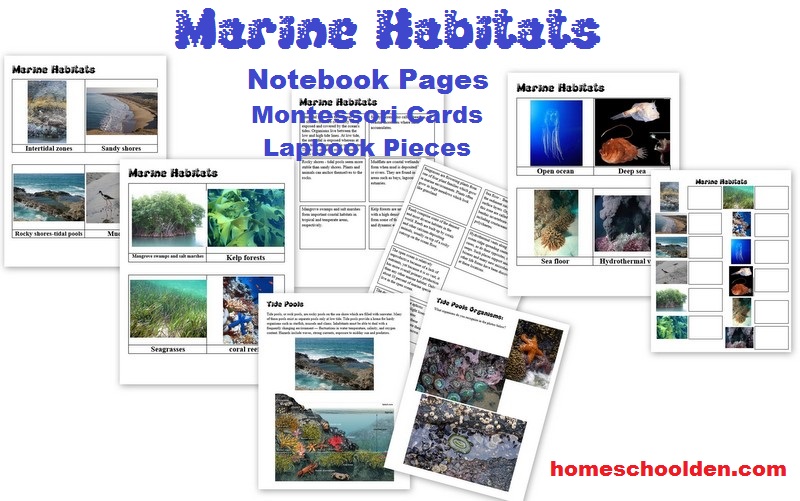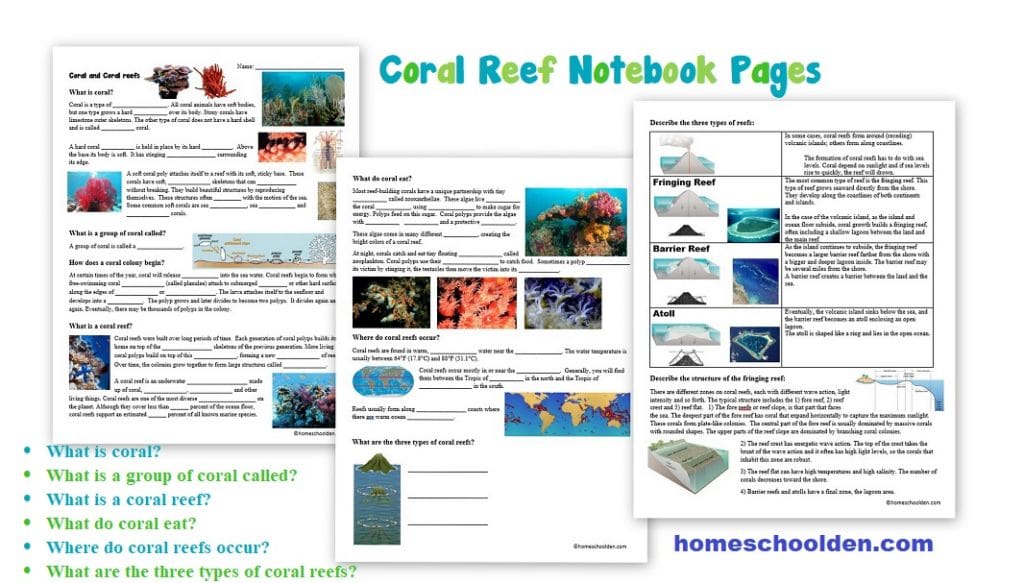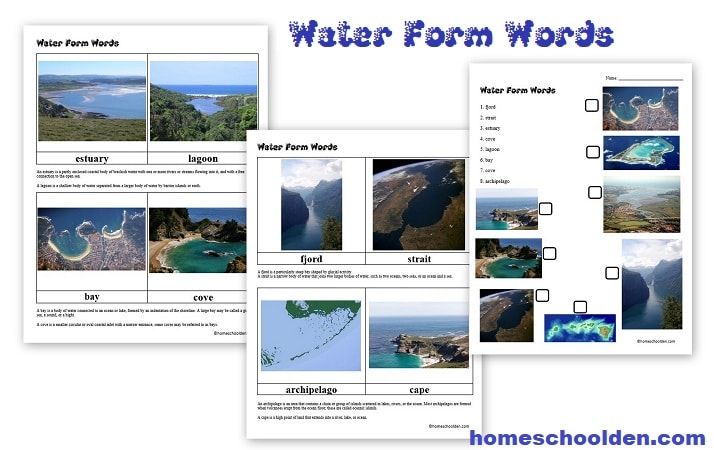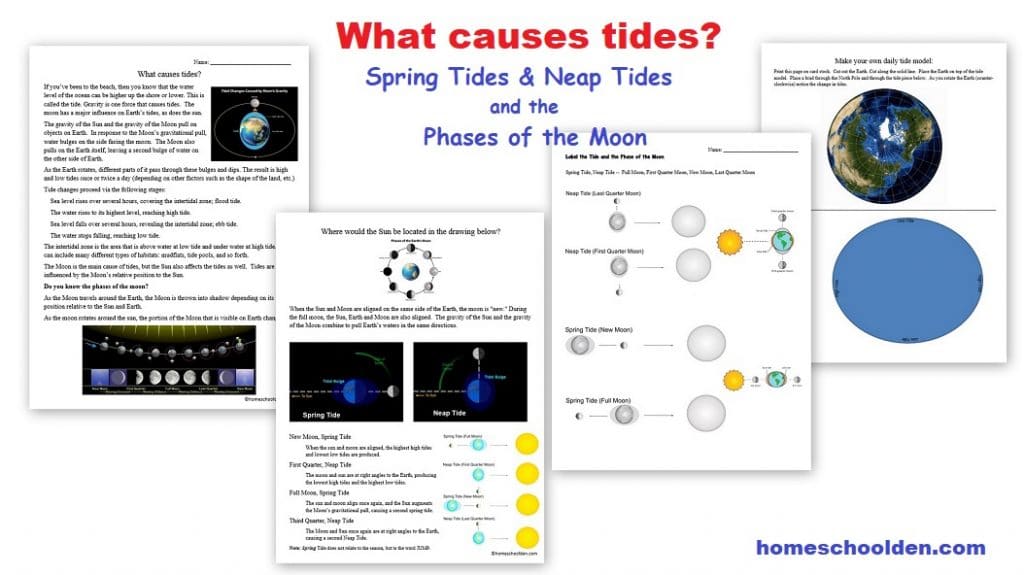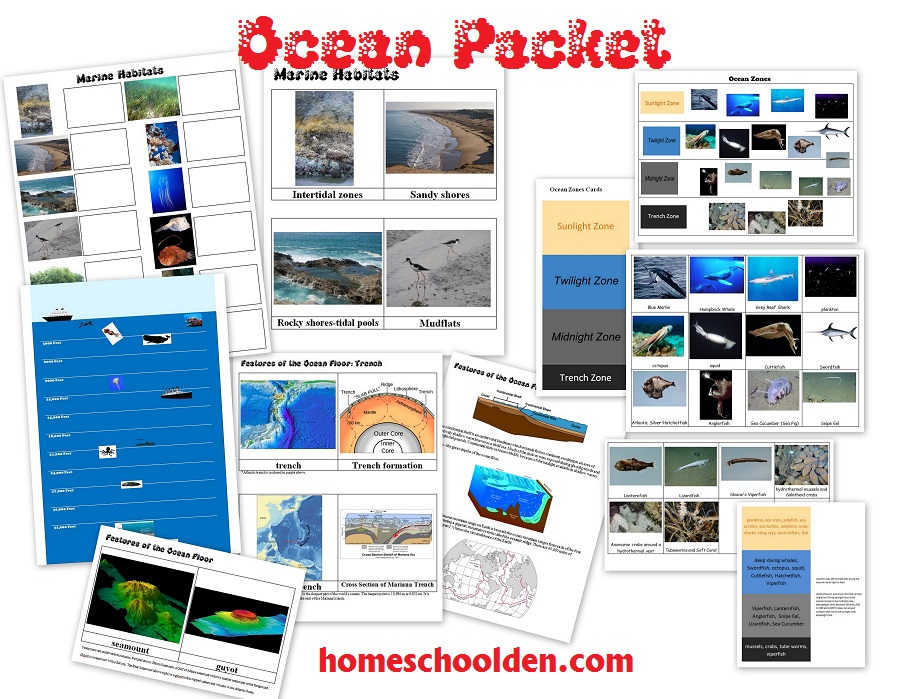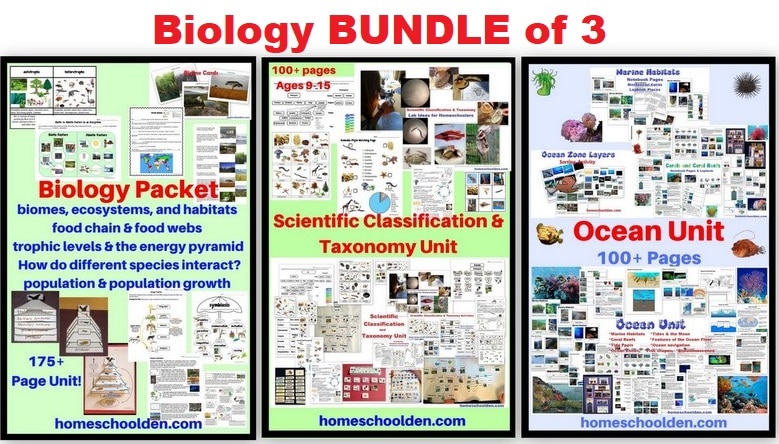Ocean Unit Science Experiments on Salinity and Water Temperature
Salinity and Water Temperatures Influence the Oceans’ Currents
We just love hands-on activities! They are what make our units come alive! In this portion of our Ocean Unit, we did a number of experiments to show how salinity and water temperatures influence the oceans’ currents.
Salinity
Our first experiment was on salinity. In this experiment we talked about how salt changes the density of water. One jar had no salt and the other jar had a lot of salt mixed in. Then we dropped pony beads into the water. After a moment or two, the beads in the salt-free jar fell to the bottom while the ones that were placed in the salty water continued to float.
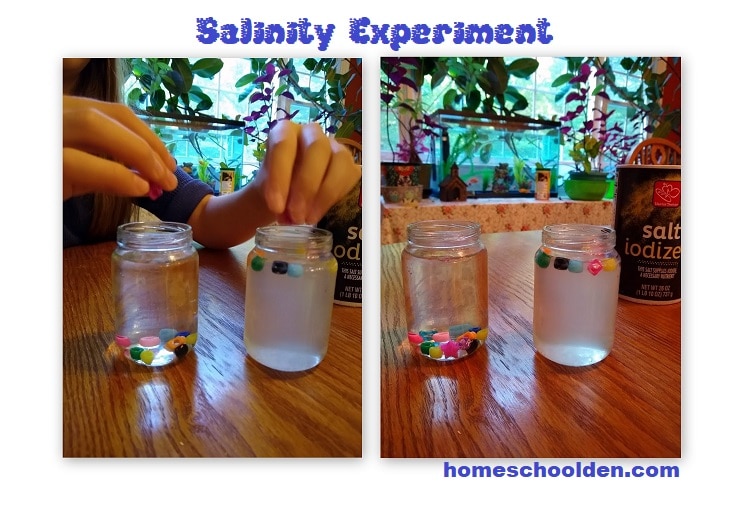
As you can see, the plain water remained separate from the salt water.
When we did the experiment in reverse with the salt water on top, the salt water and plain water immediately began to mix.
 Ocean Currents: Warm Water – Cold Water Ocean Science Activities
Ocean Currents: Warm Water – Cold Water Ocean Science Activities
Cold Water – Warm Water Experiment
For this next activity, we put yellow food dye in warm/hot water and green water in very cold ice water (with no ice included). First, we had the warm water on top. We placed an index card in a Ziploc bag, placed that over the warm water, flipped it upside down and put the jar on top of the cold water.
When we removed the index card, the warm water stayed separate from the cold and did not mix. (See the yellow-green picture below left!)
Next, we placed the cold water on top. As soon as we started to remove the index card, the cold and warm water started to mix.

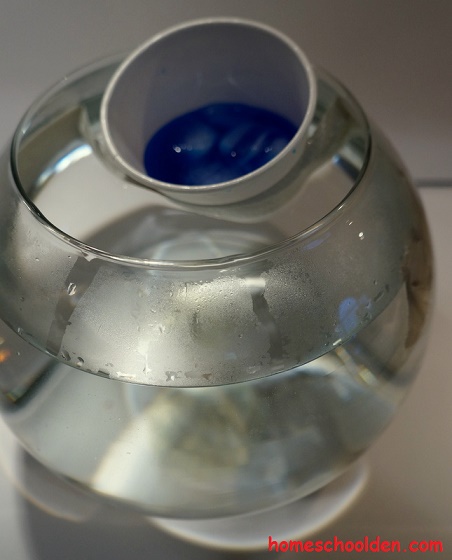
We did this activity twice. The first time we used a clear glass bowl and a paper cup.
The paper cup was taped to the side of the bowl making sure that the cup was well above the water line. We filled the glass bowl with warm water. Then we carefully poured cold ice water into the cup. We took a meat skewer and poked a hole in the bottom of the cup.
We observed what happened. The cool water streamed out of the cup and then pooled along the bottom (not mixing with the warmer water above).
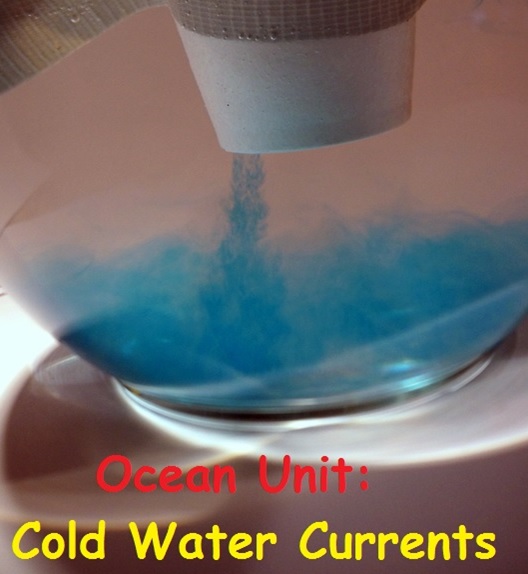
This time we used a huge plastic container with warm water. We poked a hole in the bottom/side of a plastic bottle and temporarily plugged it with a bit of clay. We filled it with blue ice water. Then we attached the bottle to the side of the plastic bin. One of the kids took off the plug. The cool blue water once again streamed out (as long as the water was higher in the plastic bottle). The kids then took a straw and gently blew a piece of tin foil in the opposite direction along the surface of the water.
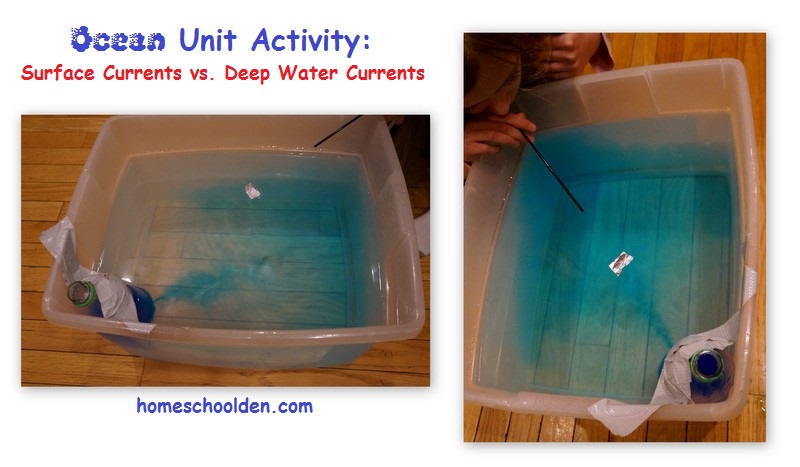
We watched a couple of videos about salinity and about ocean currents and also did several worksheets that are in our Ocean Unit.
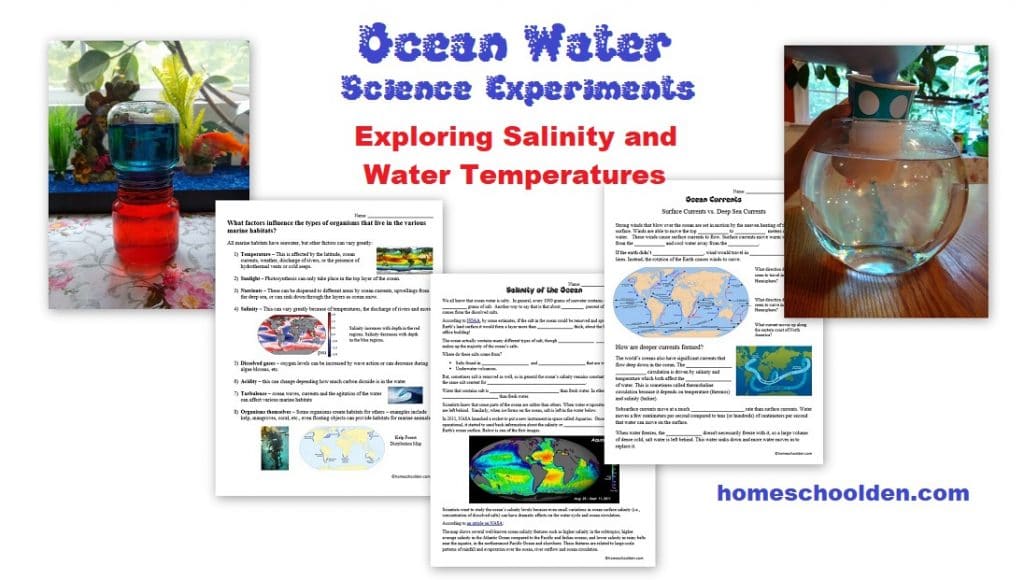

Our units are PDF downloads. If you have any questions, you can visit the Frequently Asked Questions Page or feel free to email me! ~Liesl
$8.99 Ocean Unit: Ocean Unit – Layers of the Ocean/Ocean Zone visit the post or view image 1, image 2, image 3, image 4, image 5, image 6, image 7, image 8, image 9 This in-depth unit covers marine habitats, coral reefs, tide pools, water form words, features of the ocean floor, salinity, tides & the phases of the moon, ocean currents, fish & their special body features, bioluminescence and the ocean zones. There are lots of hands-on activity ideas included too!
Be sure to check your PayPal email address for the download link. If you have any questions, feel free to email me! ~Liesl
NOTE: The Ocean Unit is included in the Biology Bundle of 5. (See this post).
When we covered Marine Habitats, we went into quite a lot of depth about coral reefs. You can read more about that portion of our unit here: Coral Reefs
We then talked about the features of the ocean floor. From there we went on to talk about old-time navigation techniques.
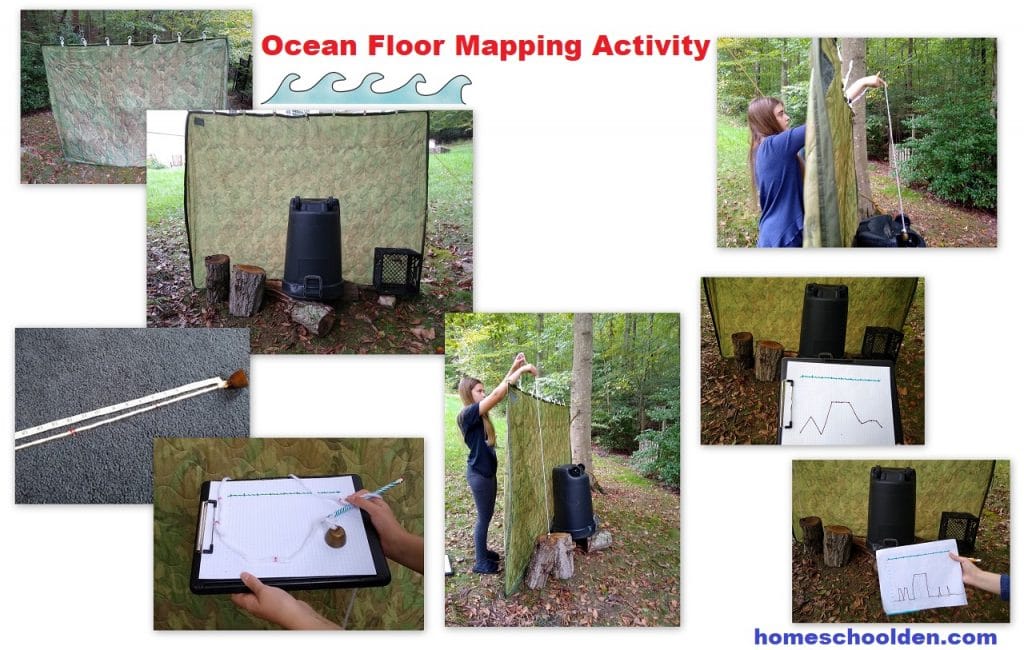
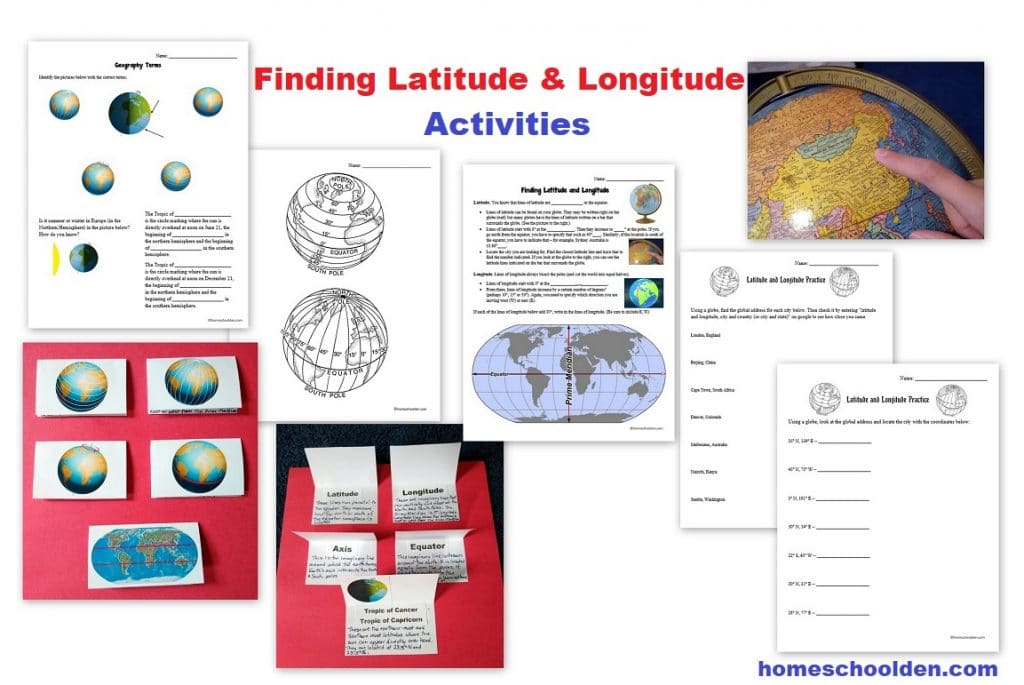
In our ocean studies we explored
- Marine Habitats
- Coral Reefs
- Tide Pools
- Water Form Words (bay, estuary, lagoon, fjord, etc.)
- Features of the Ocean Floor (trench, seamount, guyot, etc.)
- Ocean Navigation (early navigation with astrolabes & the
constellations, modern SONAR)
- Salinity
- Tides
- Ocean Currents (Surface & Deep Sea Currents)
- Ocean Life:
- The Ocean Zones
- There are lots of hands-on activity ideas included too!
We also talked about the ocean zones and different layers of the ocean again (which we covered three or four years ago).
Ocean Unit : Again, for more information you can visit this post: 100+ page Ocean Packet. It is well over 100+ pages at this point and keeps growing as I add in this-and-that! It covers marine habitats, ocean zones, ocean features, tides and other topics. ~Liesl
In addition, we are watching the amazing documentaries Blue Planet: Seas of Life and Blue Planet 2 (affiliate link) which are also available to watch on Amazon Prime.
Again, if you are interested in our Biology BUNDLE, visit this page:
See you again soon here or over at our Homeschool Den Facebook Page! Don’t forget to Subscribe to our Homeschool Den Newsletter. You might also want to check out some of our resources pages above (such as our Science, Language Arts, or History Units Resource Pages) which have links to dozens of posts. You might want to join our free Homeschool Den Chat Facebook group. Don’t forget to check out Our Store as well.

The Welcome Series includes 5 packed emails… with tips on homeschooling, keeping motivated, finding various resources and freebies tucked away on the blog and more!
Plus, you’ll be the first to hear about new packets (generally offered at a discount when they are first released), seasonal resources and more!
